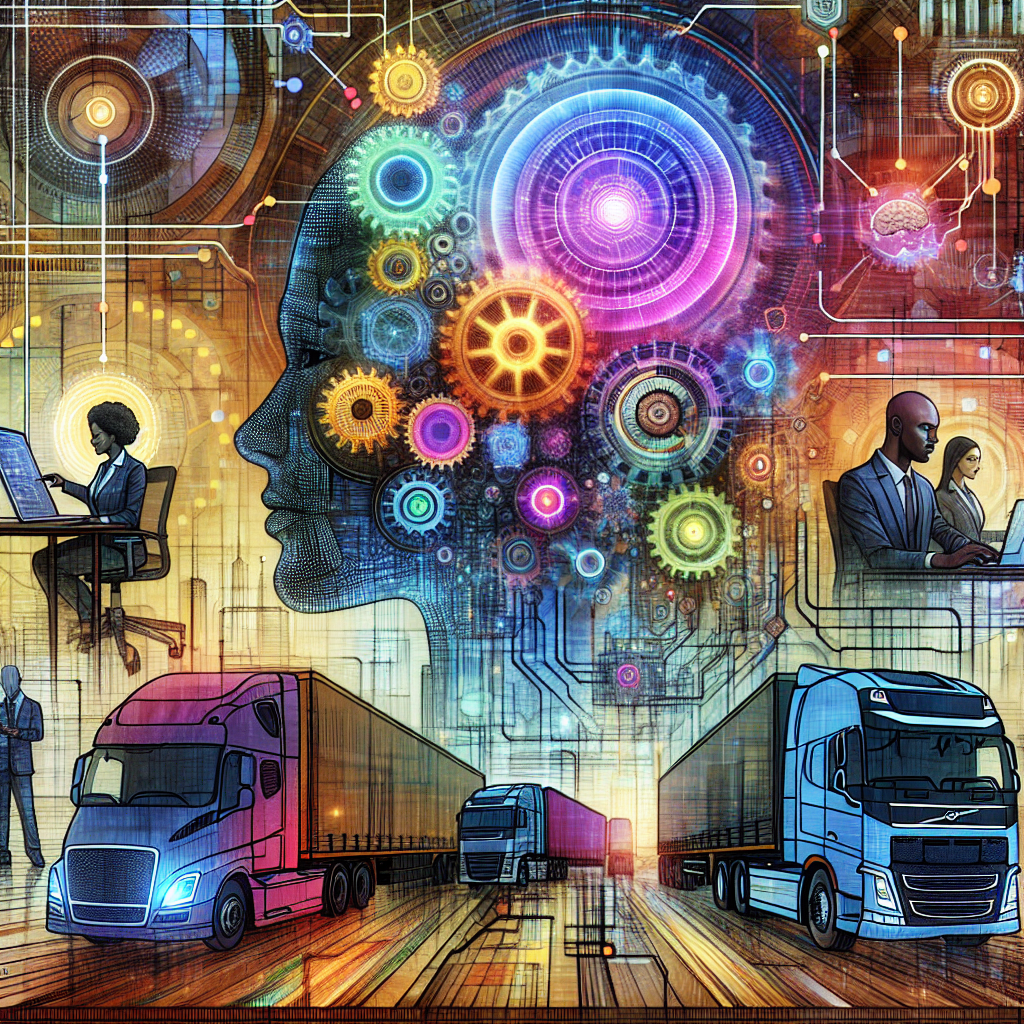Artificial intelligence transforms industries at unprecedented speed. From healthcare to agriculture, organizations scramble to harness AI’s power while grappling with its implications. As someone who’s spent two decades in truck driver recruitment and five years integrating AI into this niche, I’ve witnessed firsthand how these technologies can either widen inequalities or level playing fields.
The trucking industry serves as a perfect case study for understanding AI’s broader impact. With chronic driver shortages, high turnover rates, and fierce competition, small and mid-sized trucking companies face extinction without technological adaptation. Yet their experience offers valuable lessons for every sector navigating the AI revolution.
The Foresight Gap
The most alarming trend I’ve observed mirrors what’s happening in agriculture and healthcare: the growing “foresight gap” between resource-rich corporations and smaller operators. Large carriers with substantial technology budgets deploy sophisticated AI systems to predict driver behavior, optimize recruitment, and forecast market shifts. Meanwhile, independent operators and small fleets rely on outdated methods, falling further behind with each technological advance.
This widening divide isn’t unique to trucking. In healthcare, we see Equiva partnering with Belong.Life to create AI mentors for patient care, while rural clinics struggle with basic electronic records. In agriculture, corporate giants leverage predictive analytics while small farmers remain vulnerable to conditions they can no longer anticipate without similar tools.
Leveling the Playing Field
The solution emerged from necessity. Our work implementing AI recruitment systems for small and mid-sized trucking companies revealed that AI can serve as the great equalizer when properly deployed. The key insight came when we stopped viewing AI as a replacement technology and started building what I call the Hybrid AI Workforce.
This approach combines human intelligence, insight and intuition with artificial intelligence and data science. Instead of replacing recruiters, we created systems where AI handles data-intensive tasks while humans focus on relationship building and decision making. The results were transformative: small companies with limited resources began outperforming industry giants in recruitment efficiency and driver retention.
One regional carrier with just 75 trucks implemented our Hybrid AI system and reduced their cost-per-hire by 62% while improving driver quality scores. They accomplished this without adding staff, using AI to extend their existing team’s capabilities rather than replace them.
The Autonomous Workforce Engine
Building on this success, we developed what we now call the Autonomous Workforce Engine. Unlike the hybrid model, these AI systems work entirely in the background, analyzing data, learning patterns, and continuously improving without human intervention.
The system collects data across the entire driver lifecycle, from initial contact through hiring and retention. This creates a network effect where each interaction improves future performance. For smaller companies, this autonomous approach delivers capabilities once reserved exclusively for corporations with massive data science teams.
Critical Lessons for All Industries
The trucking industry’s experience offers four crucial lessons applicable across sectors:
First, the greatest AI benefit comes not from automation but augmentation. Companies that use AI to enhance human capabilities rather than replace them see substantially better outcomes.
Second, specialized multi-agent systems outperform general AI tools. Our trucking clients succeed because their AI is purpose-built for their specific industry challenges rather than adapted from generic platforms.
Third, data organization precedes AI success. Companies that systematically capture and structure their data before implementing AI gain significant advantages over those attempting to build on disorganized information.
Fourth, the democratization of AI capabilities is essential for preventing dangerous power imbalances. When only large corporations can afford advanced AI, entire economic sectors become vulnerable to monopolization.
The Human Element Remains Irreplaceable
Despite these technological advances, the human element remains central to success. The trucking companies seeing the greatest ROI from AI are those maintaining strong human connections with drivers while letting AI handle repetitive tasks and data analysis.
This counters the warnings from AI pioneers like Geoffrey Hinton about superintelligent systems threatening human agency. Our experience shows that properly implemented AI enhances human capabilities rather than diminishing them. The most successful implementations maintain humans at the center of decision-making while expanding their capacity through intelligent systems.
As AI continues transforming industries, the trucking sector’s experience offers a roadmap for balancing technological advancement with human value. Organizations that follow this path will find themselves not just surviving the AI revolution but thriving because of it.
